heel pain issaquah
Displaying items by tag: heel pain issaquah
Dr. Brandon Nelson, Board-Certified Foot and Ankle Surgeon, Discusses Pediatric Heel Pain
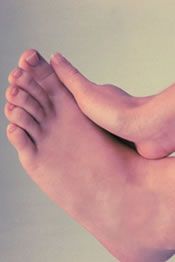
Pediatric or child heel pain is a common condition that begins to affect most young girls between the ages of 10 and 14 and young boys between the ages of 12 and 14. There seems to be a large correlation with previous family history where parents relate that they experienced heel pain as children. Most kids will describe a throbbing-like sensation that is worse with activities and increases with the more they do and normally resolves with rest. The #1 cause remains an inflammatory condition of the growth plate or what is called apophysitis or Sever’s disease.
Sever’s disease or apophysitis is very treatable condition and the early intervention easier is to recover. Most kids that have apophysitis typically have a flatter foot or playing a sport in cleats. I do recommend an x-ray and a thorough evaluation because there are other causes of heel pain including bone pathology like stress fractures or tumors. Typically there will be less pain with shoes and icing can be helpful.
If your child is having heel pain I can help. Please make an appointment to have them evaluated and get them on the road to recovery.
Give us a call at 425-391-8666 or make an appointment online today.
Dr Brandon Nelson, A Board-Certified Foot & Ankle Surgeon, Discusses the Most Common Causes of Heel Pain in Children

Heel pain can be common in children especially as they return to sports. We typically see girls between the ages of 8-12 and boys around 10-14. This increased incidence of heel pain at this time can be correlated with growth spurts or changes in activities. There is often a family history of heel pain as well from a parent or siblings. Unlike adults, very few children will have plantar fasciitis as the cause of heel pain. So, what are the main causes of heel pain in children? I will discuss a couple below.
Coalitions, these are where you have an abnormal connection between bones in the feet that should not be connected. Often, we see this type of pathology becoming painful after an injury, like an ankle sprain. Usually, an x-ray in needed to diagnosis this. This can differ based on location and there are two general locations of the coalitions. The two main locations are a calcaneal navicular and a talar calcaneal as the most common. The types of coalitions can vary, from bone to cartilage and even soft tissue.
Another common cause of heel pain in kids is Sever’s disease. This is basically an irritation of a growth plate that was first described by Dr Sever. This is especially common in cleated sports like soccer or football. There is usually a family history and common in flatfeet and kids with tight calf muscles. While this list is not exhaustive of all types of heel pain it is two of the most common, others can include a bone tumor, stress fracture or even a nerve irritation. Please make an appointment online or give us a call at 425-391-8666 if your child is having heel pain so we can help.
Dr. Brandon Nelson, A Board Certified Foot & Ankle Surgeon, Discusses Numbness and Tingling In Your Toes
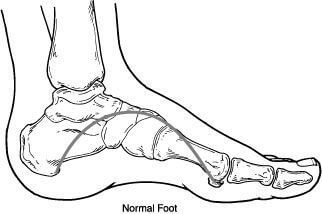
Numbness and tingling can be quite common in people experiencing forefoot discomfort. Most people will describe symptoms like burning, pinching, numbness and tingling. These are often associated with nerve type issues and can continue to get worse without treatment. The most common causes of this in the foot are neuromas and capsulitis.
Neuromas are a nerve irritation that occurs in the foot and usually is a female between the ages of 40-60. The nerves that run between the toes are sensitive and any increases pressure can cause pain. This pain is usually made worse with tight fitting shoes or high heels. Patients usually have pain to the 3rd and 4th digit and often is only on one foot. Most people will say that rubbing the front of their foot seems to help as well as removing their shoes.
Capsulitis is usually around the base of the 2nd toe. There is often an underlying deformity like a bunion or tight calf muscle. Patients will often experience swelling and tingling or digit. It is usually made worse with walking and relieved with icing.
Neuromas and capsulitis both can be challenging for the patient and the doctor. It is important to identify the root cause and an x-ray is warranted. The treatment options available are usually very successful. If you are having forefoot pain we can help, make an appointment today.
Give us a call at 425-391-8666 or make an appointment online today.
Dr. Brandon Nelson Discusses Heel Pain
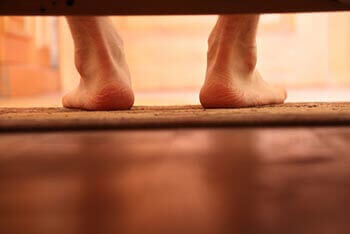
Heel pain can be extremely frustrating and challenging to treat. It is most often caused by plantar fasciitis, bursitis, or a stress fracture. It is important to find out the underlying cause before treatment and I highly recommend seeing a foot and ankle specialist before initiating and sort of treatment.
Bursitis, this is basically and inflammation of a sac that is used to cushion the foot. Typically, you will have similar symptoms to plantar fasciitis. Patients experience pain in the morning or with standing and after rest. It can be hard to differentiate from plantar fasciitis. However, at our clinic we have an ultrasound unit which we can use to visualize the bursa and help initiate treatment.
Stress fractures are usually seen after one begins to exercise. There can be accompanying swelling and stiffness. This pathology hurst constantly and can lead to a complete fracture. It is vital to get an x-ray and confirm the diagnonsis.
Heel pain or plantar fasciitis is the most common cause and can be variable in presentation. Classically, patients experience pain in the morning that gets better with a few steps. Most patients have increased activity levels and find pain returns whenever they rest and get us. There is a direct correlation with early intervention and a shorter duration of symptoms. I highly recommend getting in as early as possible to see your foot and ankle physician.
If you are suffering with heal pain I can help, come see me today. Give us a call at 425-391-8666 or make an appointment online today.
Dr. Brandon Nelson Discusses When To See A Doctor If You Have Heel Pain
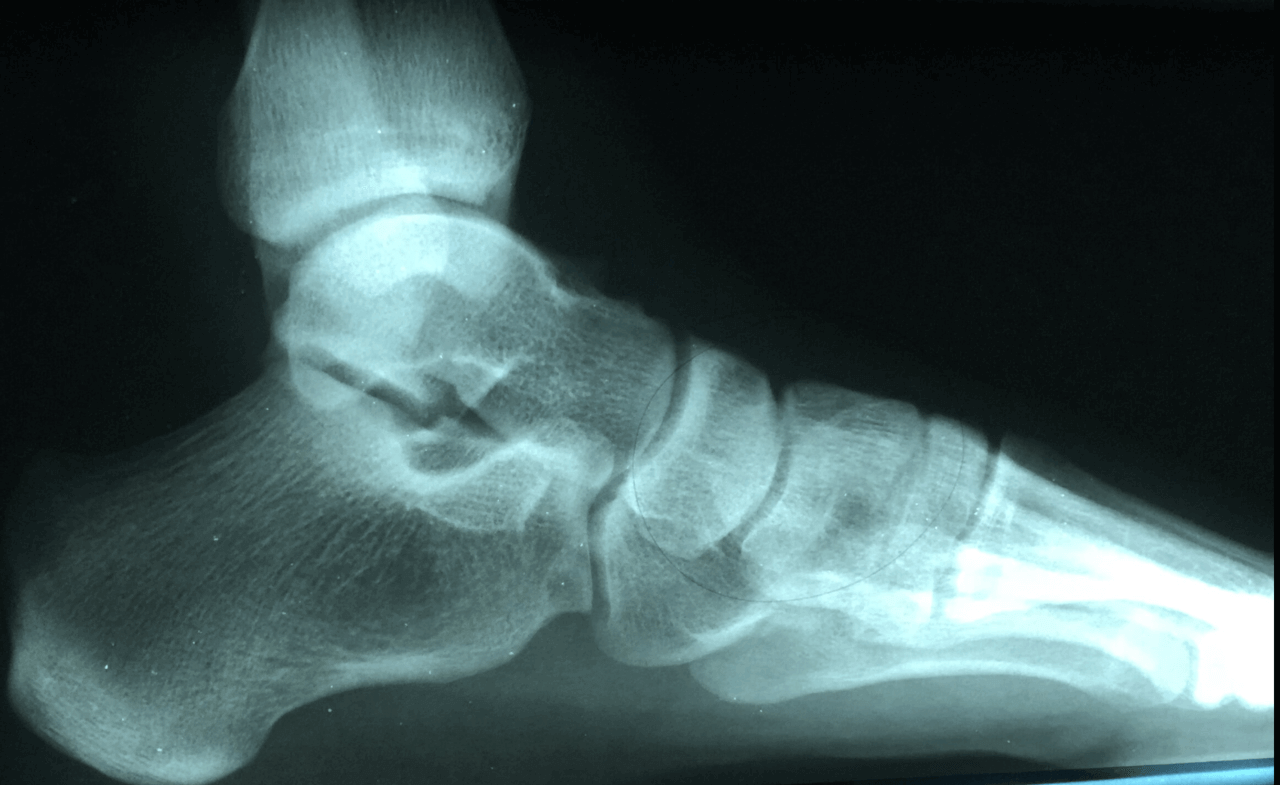
Heel pain has many causes, however the most common cause for adults is Plantar Fasciitis. Most of us have heard this term at some point in our lives because a friend or co-worker has talked about it. But what is it? The Plantar Fascia is the main supporting network of the foot. It runs from your heel bone all the way to your toes. It is active every time you stand or walk and is very important for normal gait cycles. Since this structure is under chronic strain it can become inflamed and over used. This will typically lead to pain in the morning or a bruised type sensation on the bottom of the heel. Patients will often state they feel like they are walking on a pebble. Plantar Fasciitis left untreated can become extremely painful and debilitating.
So when should you see a doctor. I cannot tell you how many patients I see that have had heel pain for greater than a year. The majority of patients will have tried icing and stretching and continue to have pain. I cannot stress enough that plantar fasciitis is much easier to treat with early intervention. I find it extremely valuable to get in to see your doctor early. This will lead to faster recovery and a better long term outcome. Additionally, they are other causes of heel pain and some of these can create serious long term damage. I think it is best if you have pain for greater than a week it is time to have it evaluated. Once evaluated my average patient has a 50-90% reduction in symptoms in less than 1 week.
If you are suffering from heel pain please give us a call at 425-391-8666 or make an appointment online.
Dr. Timothy Young a Board Certified Bunion Surgery Expert Talks About Proper Healing of Bone at Your Surgical Site
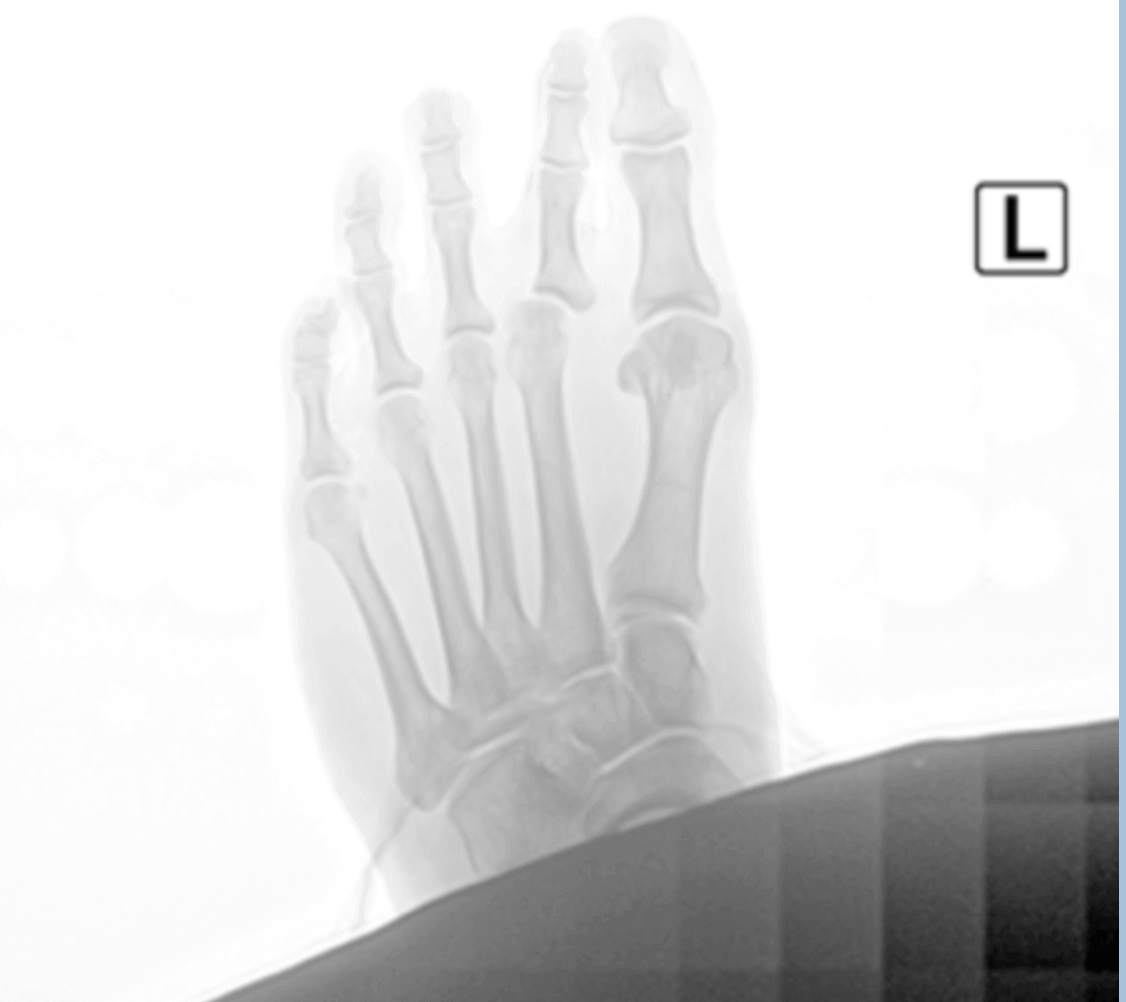
Many foot surgical procedures such as bunion surgery, involve fusions or cutting the bone and then realigning the bone. An example could also include a lapiplasty bunionectomy. The bones are then held in place with plate screws or pins. One of the most important things for proper healing is to make sure that you don’t put weight on that part of the bone until there’s adequate bridging of the bone.
Your doctor will take x-rays to help determine the timing for this. Also you will have either a boot or a fiberglass cast and you may also have other forms of protection such as a scooter crutches or even a wheelchair. Make sure to plan ahead on this also. For example if you’ve got a short distance then you can put weight on your heel but not the front of your foot that may be fine. If you have to go a longer distance, you may want to plan ahead and bring crutches or use your scooter for that longer distance and only do the short distances with a walking heel part of your cast boot.
If you have questions about bunion surgery, and would like a consultation please let us know. Give us a call today at 425-391-8666 or make an appointment online.
Dr. Brandon Nelson Discusses the Most Effective Long Term Treatment Techniques To Get Rid Of Heel Pain & Plantar Fasciitis For Good

Recent literature has proven that about 10%-20 of American adults will experience heel pain. Heel pain whether it is causes by plantar fasciitis, bursitis or a stress fracture can be challenging to treat. With constant use the foot and ankle rarely have time to recover from the constant pressures of walking. This can make heel pain and plantar fasciitis very difficult for many people.
If you are experiencing pain in the bottom of your foot, especially in the morning it could be plantar fasciitis. Often times patients will describe a bruised type feeling or tightness that loosens up with walking but returns at the end of the day. Some people will feel a numbness or tingling in the foot or even a burning. It is important to have a foot and ankle physician evaluate your foot before initiating treatment.
Treatment for heel pain focuses on finding the underlying causes. The majority of people with heel pain have a tight calf muscle. One of the best long term strategies is to begin a calf stretching program. I like to have my patients stretch 3 times a day and spend a couple minutes on the muscles of the calf. Another great option at home is to ice and rest.
Our clinic Issaquah Foot & Ankle Specialists has one of the most advanced protocols that is based on current research to fix heel pain permanently. The majority of patients we see have a greater than 50% reduction in symptoms in less than 1 week and a long term success rate of almost 98%. We focus on the underlying process that is creating the inflammation and help the body to recover and repair the heel pain. Our methods do not require and period of non-weight bearing and have treated thousands of patients. If you are suffering from heel pain call us at 425-391-8666 or make an appointment online today.
Dr. Brandon Nelson Discusses Heel Pain in Children

I currently have two children and actually have had one that was experiencing some heel pain. It was pretty classical symptoms of apophysitis or what we call Sever’s disease which is and inflammation of the growth plate. Kids often present with this type of pain after activities or after going barefoot. Most commonly we see this in young girls between the ages of 8 and 14 and young boys between the ages of 12 and 16. This is when kids often experience a growth spurt and the growth plates can become quite inflamed.
This inflammation of the growth plate can often be seen on x-ray and I highly recommend kids with heel pain get an x-ray. There are many great modalities that work well. I recommended starting with ice and stretching in the calf. However, I would discourage parents from doing home therapies until an accurate diagnosis is made. If your child is experiencing some heel pain we would like to help.
Give us a call at 425-391-8666 or make an appointment online today.
Dr. Nelson Discusses How to Get Rid of Plantar Fasciitis Permanently

Plantar fasciitis, heel pain or bone spurs of the foot can be extremely painful. Quite a few patients suffer from this and have been for years. We see patients that have had to change activities and even give up exercising. I personally suffered from plantar fasciitis and can empathize with patients when they are in extreme amounts of pain. Typically plantar fasciitis will exhibit pain in the morning or pain after prolonged periods of rest. However there can be many other presenting symptoms of plantar fasciitis. It is important to have heel pain evaluated as there are multiple causes and they all respond to different modalities.
I feel an x-ray is often warranted especially on the initial visit to rule out other causes. The x-ray can often reveal a bone spur or inflammation around the fascial band or even a stress fracture. Initial therapies for fasciitis usually include resting and stretching. There are many other initial treatment options and I can tell you the success rate is about 95% for our patients. There are a small number of patients who go on to have more of a chronic type issue and further diagnostic work workup is warranted. Often times an MRI or nerve conduction studies can be valuable for patients. Depending on the cause of the fasciitis there are many extremely successful long-term fixes for fasciitis. Often times or degenerative medicine or shockwave therapy can provide permanent fixes. If you suffer from heel pain and would like it fixed permanently come see Issaquah Foot and Ankle Specialists.
Give us a call at 425-391-8666 or make an appointment online.
Dr. Brandon Nelson Discusses How to Get Rid of Constant Heel Pain

Heel pain can be one of the most challenging conditions to deal with as a patient. Heel pain can really impact everyday activities including just walking and working. Some of the most common causes of heel pain include plantar fasciitis, plantar bursitis, nerve entrapments and tarsal coalitions. The #1 cause by far is plantar fasciitis, which is usually amenable by conservative measures.
Heel pain usually responds to stretching and icing. However, if you have constant heel pain that is debilitating or painful in the morning I recommend seeing a foot and ankle physician. An x-ray is vital to identifying the pathology that is causing the pain. Often times on the x-ray you can see arthritis or a heel spur. A heel spur can take condition a little more challenging for both the physician and the patient. Issaquah Foot and Ankle Specialists is the #1 referral center for heel pain. We see patients from Seattle, Bellevue, Issaquah, Kirkland, Redmond and Snoqualmie. If you have heel pain we can help. The majority of our patients are 60-70% better in less than a week. carpet cleaning Seattle
Give us a call today at 425-391-8666 or make an appointment online.



